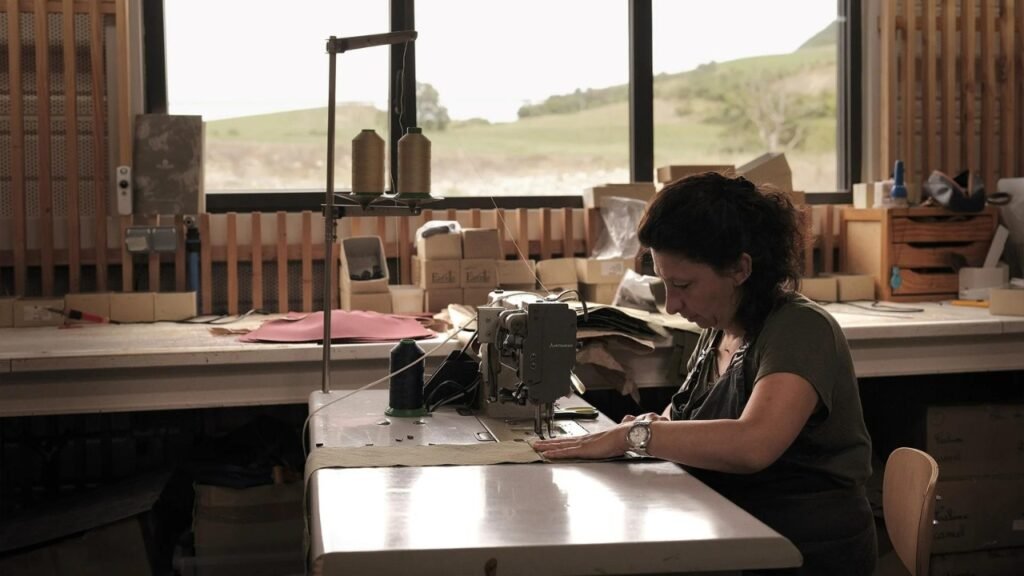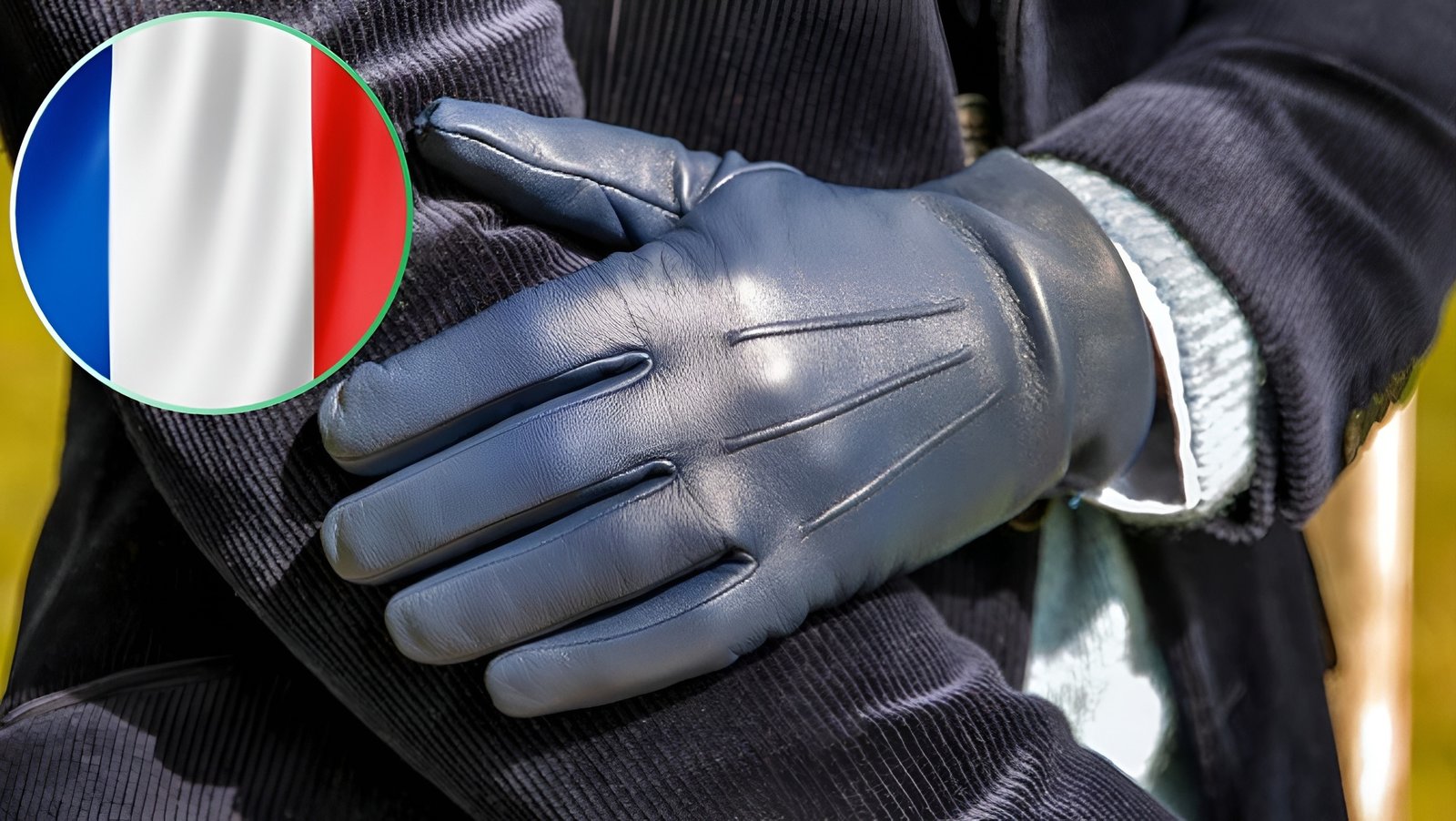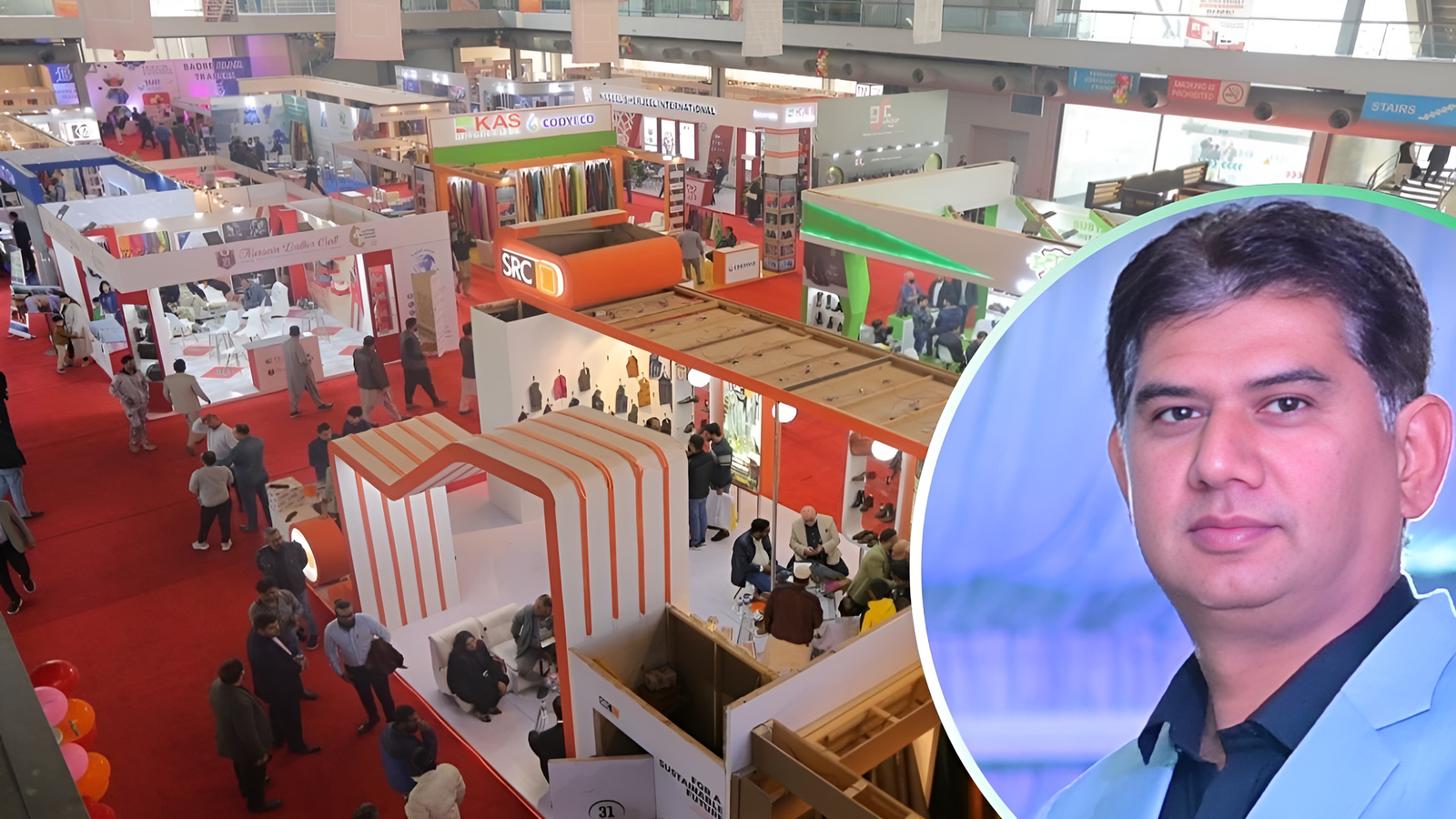In recent years, the leather goods industry has faced numerous challenges, with many experts forecasting a decline in the sector. However, recent developments in France suggest a different narrative. Manufacture du Cœur des Vosges (MCV) and Manufacture Abbevilloise have both announced significant investments in new leather goods factories, hinting at a possible revival in the industry.
In March, MCV, a company under Groupe SIS, revealed plans to construct a new leather goods factory near Épinal, France. This project is expected to employ 350 people, marking a significant investment in the local economy. This announcement comes as a surprise to many, considering the perceived crisis in the leather goods segment.
Following closely on the heels of MCV’s announcement, Manufacture Abbevilloise has unveiled plans to rebuild a site in Amiens, transforming it from a former tannery into a state-of-the-art leather goods factory. The site, located in the Petit-Saint-Jean district, has a rich history, having housed a tannery a century ago. Now, it is set to become a modern production facility, signaling a renaissance for leather goods manufacturing in the region.
Amiens, a city with a population of 137,000 located two hours from Paris, will be home to this new factory. The location near the Ballastière pond, once known for its tannery, will now witness the rise of a facility dedicated to crafting leather accessories for luxury brands. This project involves an investment of approximately 1.3 million euros, covering extensive renovation and restoration work. By the end of 2025 or early 2026, the factory aims to be fully operational, creating 300 new jobs in the process.
One of the critical aspects of the Abbeville project is the emphasis on training. Manufacture Abbevilloise has partnered with the Centre de Formation des Métiers du Cuir (CFMC) to develop an in-house training program for new artisans. Launched in 2020, this program aims to equip workers with the skills necessary to produce high-quality leather goods, ensuring that the craftsmanship meets the standards of luxury brands.
The establishment of these new factories raises several questions about the state of the leather goods industry. If the sector is indeed in crisis, why are French companies investing so heavily in new production facilities? One possible explanation is the trend of reshoring, where companies bring production back to their home countries. This move could be driven by various factors, including the desire for better quality control, reducing dependency on foreign subcontractors, and responding to shifts in consumer preferences towards locally-made products.
The recent investments by MCV and Manufacture Abbevilloise mark a significant development in the leather goods industry, suggesting a potential revival of the sector in France. These new factories not only create jobs but also emphasize the importance of quality and innovation in maintaining a competitive edge. As the industry navigates the challenges and opportunities ahead, the strategic moves by these French companies could set a precedent for the future of leather goods manufacturing in Europe.












